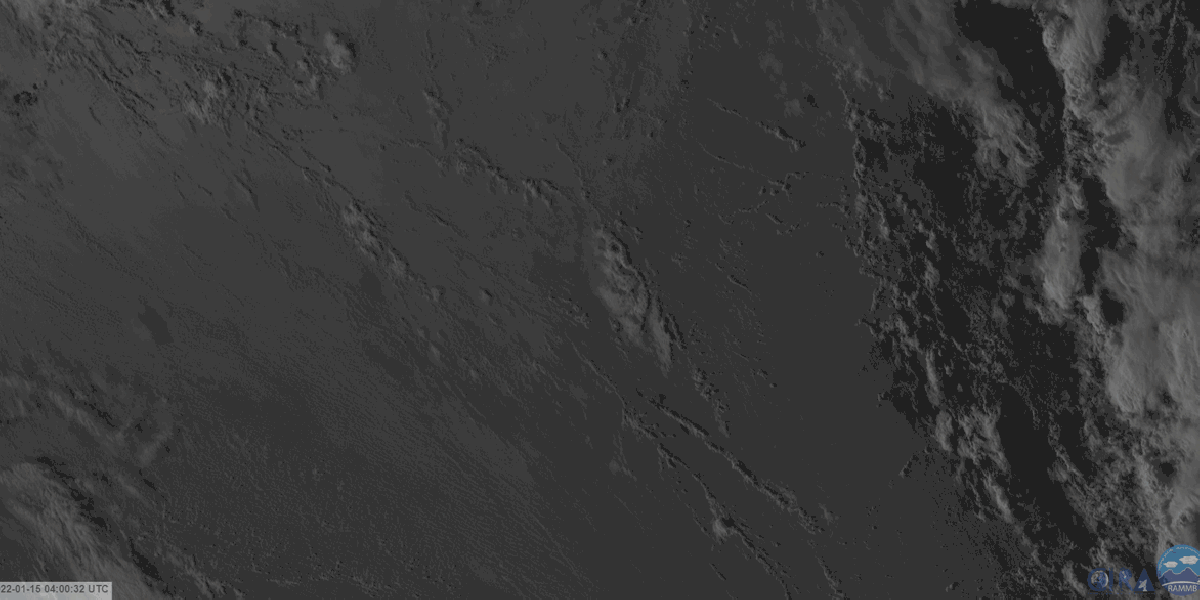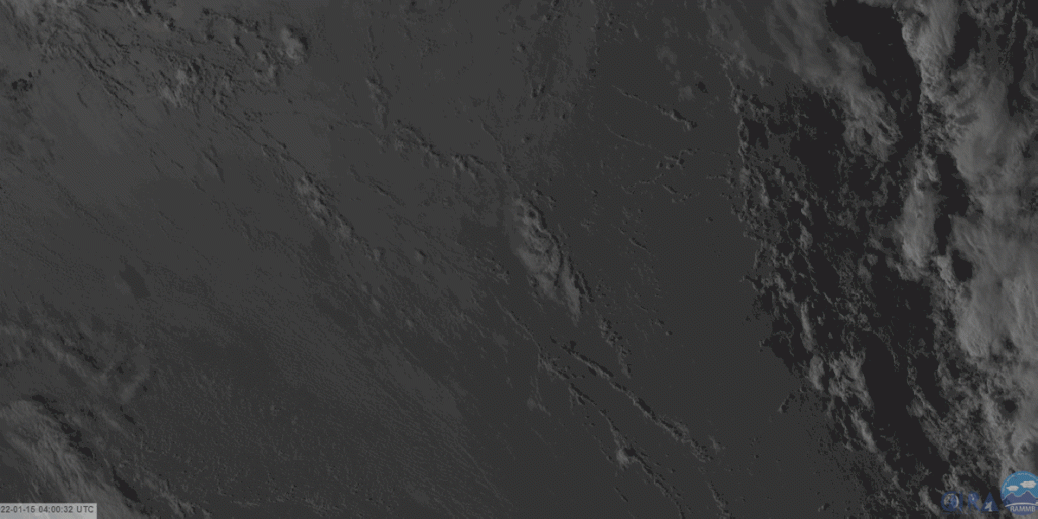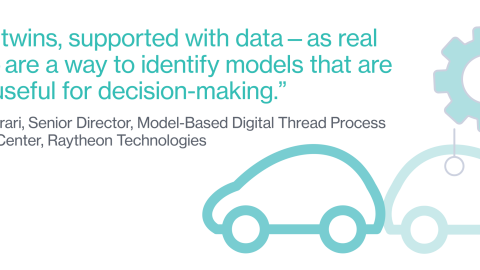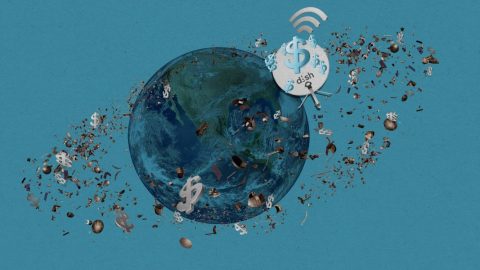
“There’s a priority over whose cable gets fixed first,” says Madory. “Countries pay a little premium to get fixed first.” Once one of these vessels arrives on scene, which itself could take days, it drops a hook to snag the cable that runs along the sea floor. The hooked cable, which when in the deep ocean can be as thin as a common garden hose, is then winched up onto the deck of the vessel, where technicians work to fix the break. “The cabling itself is not the most sturdy thing,” says Kaufmann. It’s then lowered gently back into the water. “That process hasn’t changed much in the 150 years or so that we’ve had submarine cables,” says Madory.
There are, of course, compounding factors that can complicate the process. Tonga is likely to be besieged by vessels looking to deliver aid to the country, which may mean internet cabling takes a back seat to saving lives, restoring power, and delivering vital food and water supplies. The precise location of the rupture can also make things complicated: generally, the further out the break is from shore, the deeper the cable—and the harder it is to reach and drag up from the floor. That’s before considering that the onshore power lines that help keep the connection online may well be damaged beyond easy repair. “Tonga is on an extremity of the internet,” says Madory. “Once you go out from the core of the internet, you’re just going to have fewer options.”
The internet outage shows how dependent the world’s internet connectivity can be on single points of failure. “It’s one of those stories that put the lie to the idea that the internet was designed to withstand nuclear wars,” says Alan Woodward, a professor of cybersecurity at the University of Surrey in the UK. “Chewing gum holds most of it together.” Woodward suggests that rare physical events such as volcanic explosions are difficult to design for, but countries should try to maintain redundancy through multiple undersea connections, and ideally ones that follow different routes so that a localized incident won’t affect multiple lines.
Yet redundancy doesn’t come cheap—especially for a small nation of just over 100,000 people like Tonga. It’s also likely that with a massive eruption such as this one, the movement of the seabed would have caused a fissure in any secondary cable, even if it was laid on the other side of Tonga.
“There’s a broader message around the resilience of infrastructure,” says Andrew Bennett, who analyzes internet policy at the Tony Blair Institute for Global Change. “Although the UK or US isn’t going to be like Tonga, increasingly there are geopolitical tensions and debate[around] discussing things like undersea cables that are pushing us into a more fractious place. You don’t want to end up in a place where you have sovereign cables for the allies and other cables for everyone else.”
Bennett suggests two options to bridge the connectivity gap. One is rapid rollout of satellite internet—and the satellite constellations are being launched into space as we speak. The other is to devote more money to the problem. “If you look at resilient internet infrastructure as a public good, countries who can afford it should pay for it and provide it to others,” he says. Closing the global digital divide by 2030 would cost just 0.2% of the gross national income of OECD countries per year, according to the institute.
Given that the internet is increasingly seen as a fourth vital service, alongside heat, power, and water, such a long outage for 100,000 people is a major disaster—compounding the immediate physical effects of the eruption. And it highlights the fragility of certain parts of the internet, particularly outside the rich Western world. “The internet’s not necessarily crumbling at the core,” says Woodward. “But it’s always going to be a little frayed around the edges.”






Recent Comments